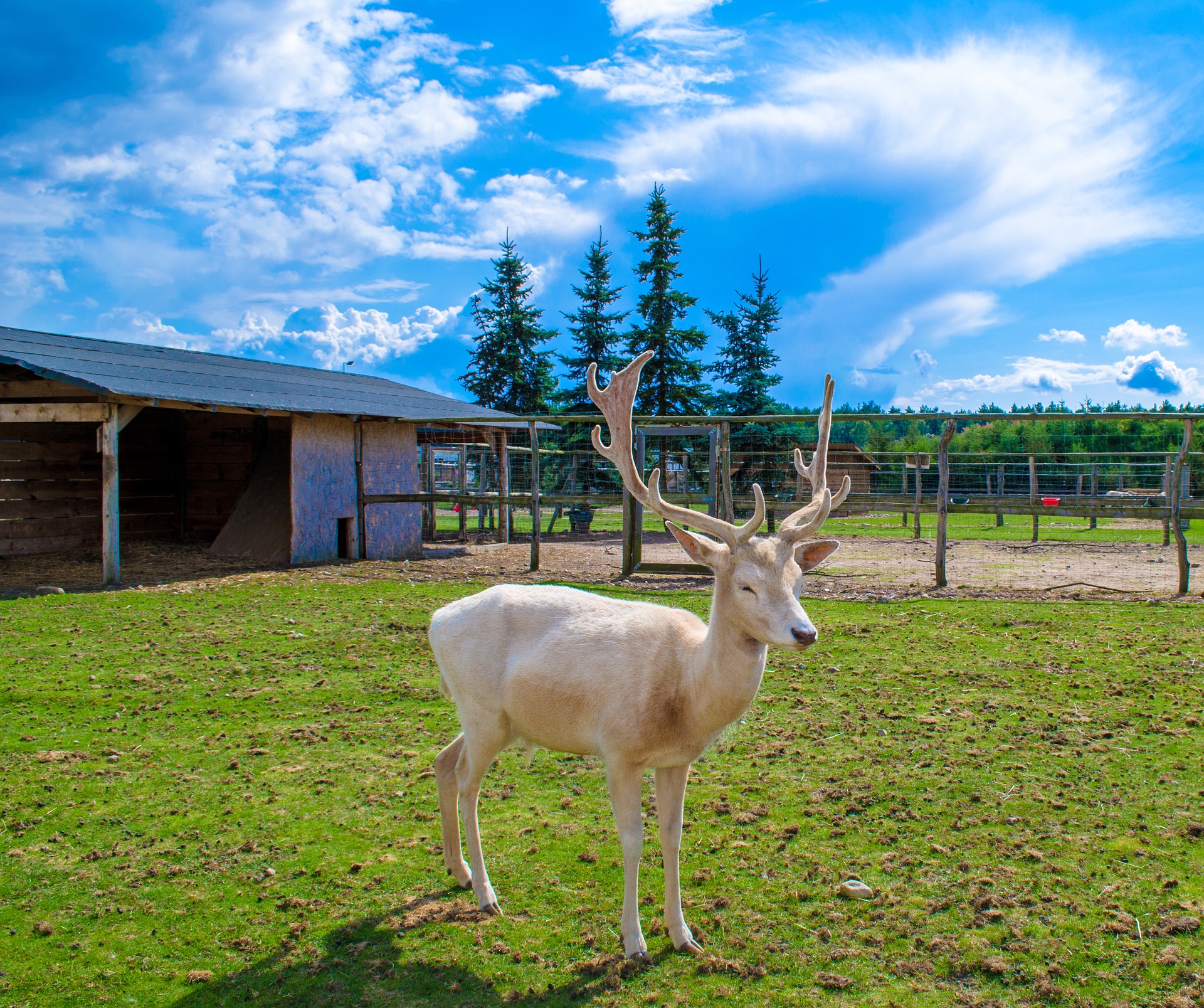How To Have a Deer-Proof Summer
Posted by Jennifer Smith on 13th Jun 2017
Let's face it, summertime brings a smile to everyone's faces. Since the kids are out of school, parents can play with them outside; and adults and kids both can enjoy gardening, hiking, and getting some much needed sunshine on our pale skin. But, just because this is a relaxing time of year for humans, doesn't mean it is for deer. In fact, summer is a deer's most active month for causing mischief; and deer will enjoy munching on organic gardens and flowerbeds if given the opportunity. Here are some things to keep in-mind as we approach summer:
1. Deer remain in one spot unless...
They are forced out. For homeowners that leave their properties unprotected without bushes, shrubs or fencing, they will soon find that deer will keep coming back....and back....and back again. Deer rarely travel alone; and they will call on members of their herd to enjoy your tasty crops, if you don't act on deer management techniques.
2. Deer carry diseases that affect humans and pets.
Deer are the main carriers of ticks; and some ticks carry tick-borne diseases such as Lyme Disease, Rocky Mountain Spotted Fever and The Powassan (Pow) Virus. Since the warm weather is here to stay with us for quite some time, we need to worry about ticks and tick illnesses. Ticks can be found in grassy or wooded areas and will latch-on to a human, livestock or wild animal to feed. If we act on deer control and rodent protection, we can protect ourselves from tick diseases. (If you or your pets experience a tick bite, this is how to remove a tick.)
3. Deer carry diseases that affect livestock (and other deer)
Deer are known for having Chronic Wasting Disease (CWD), a progressive, fatal disease of the nervous system in the deer (cervid)
family and is known to affect white-tailed deer, mule deer (elk), and
moose. The disease hasn't affected humans; but humans shouldn't eat deer meat that may have been suspect to CWD. For deer farmers that have deer with CWD, they need to quarantine the deer farm and remove the deer promptly until they are cleared by authorities.
Johne's Disease is a chronic disease that leads to an infection of the
intestinal tract. Johne's Disease affects ruminant species such as livestock cattle, sheep and goats and was first discovered in 1895 in dairy cows; and has since been sighted in white-tail deer and elk. Deer and elk have a morality rate of 50% because of the disease. Currently, there isn't a treatment for the malnourished animals which
has become a problem for livestock breeders in Canada who are having
trouble selling their diseased cattle, sheep and goats to other farmers.
4. Deer like summer fruits
Deer aren't as picky about what they consume. They still enjoy twigs and leaves; but if able, they will dash toward orchards and other fruit gardens. Protect strawberries and blueberries now or risk losing them before 4th of July.
5. Deer are located throughout North America
With over 30 million white-tailed deer roaming throughout the United States, you simply can't get rid of this wildlife species. There are at least 1.8 million deer in Alabama and 1.2 million deer in Georgia alone!
Don't let Bambi and his friends outsmart you. Outsmart them with Deerbusters deer fencing and repellents and enjoy a deer-free summer season.

